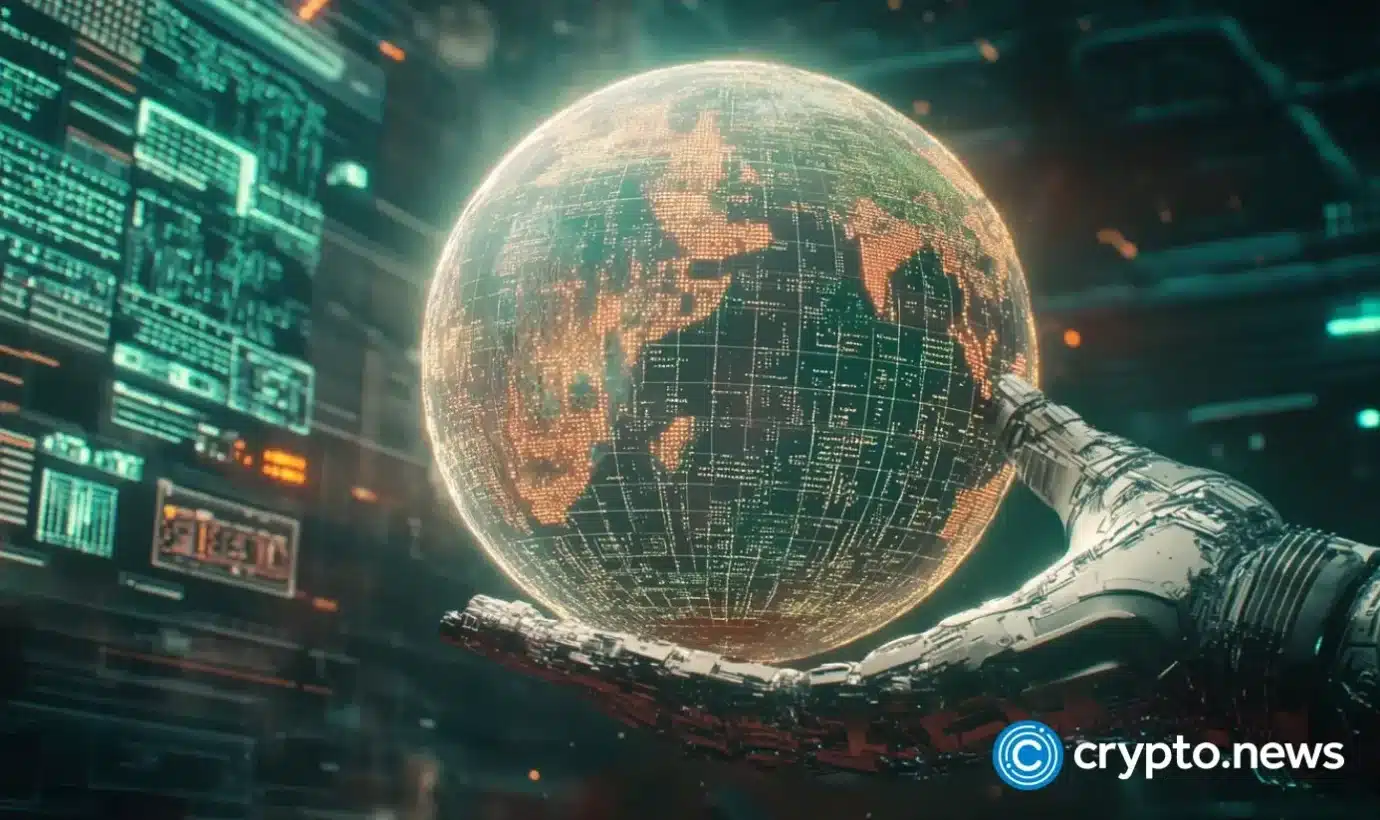
Web3 development has stalled. The concepts that have dominated the current crypto cycle—L2s, DeFi, RWAs, gaming, and prediction markets—originated in the previous cycle. We’re not growing, and we’re not innovating—we’re stuck.
The web3 dev community has done historic work, but that community is vanishingly small—approximately 22,000, less than 0.1% of the estimated 27 million developers worldwide. We can’t onboard “the next billion users” until we onboard the first million devs. To get them, we need to empower devs by treating them as not just builders but creatives, embracing AI dev tools, and fostering a culture of developer collaboration.
In his keynote address at the recent Token2049 extravaganza in Singapore, Ethereum (ETH) co-founder Vitalik Buterin outlined his vision for the future of blockchain: finish building the “durable digital structures” that comprise the network’s ecosystem, work toward making crypto faster, cheaper, and easier to use; and preserve the aspirational qualities of blockchain tech that differentiate it from the traditional financial system.
It’s an inspiring vision. But who’s going to do all this building and all this work? Where are all the ideas to realize this vision supposed to come from? As we often say in web3, “Devs, do something!”
The numbers keep falling
Yet, in 2023, the overall number of blockchain devs fell by more than 10%, driven by an exodus of “newcomer” devs (those with less than one year of experience in blockchain), whose numbers dropped over 50% year-over-year. Even with last year’s milestone rollout of Ordinals, Bitcoin (BTC) lost 19% of its devs, leaving only 1,000 BTC builders.
The number of web3 developers is decreasing; we need this number to increase. So, instead of saying, “Devs, do something!” we need to say, “Do something for devs!” To make web3 a more appealing home for developers, we need to let them cook. Here’s how.
Devs are creatives, so treat them that way. Devs are innovative and innovation is creative, so devs are creatives. Creativity is messy, non-linear, and doesn’t always happen on schedule. Let’s stop treating devs as if their role is to compile pre-existing blocks of code into pre-designed Lego towers, because it’s not. Let’s give devs the support they need to create, test, and build new ideas.
AI is a part of coding now, so embrace it. AI is not a dev replacer; it’s a dev enhancer. AI is a dev mech suit. AI is how Gen Z will learn and write code, massively accelerating the learning curve for newer devs. Junior devs will be able to focus on mastering concepts rather than trying to piece together incomplete documentation or wading through thousands of lines of code for that one missing semicolon.
And AI isn’t just for beginners. Experienced devs are already using AI-powered tools to reduce time to deployment and assist with increasingly important audits of increasingly complex smart contract protocols.
My company, Cookbook, offers ChefGPT, an AI chatbot that can help spark ideas, search smart contract libraries for templates, troubleshoot problems, and more. For devs, this means it’s faster and easier to plan, build, and deploy projects onchain. For developer relations reps, this means devs get answers faster in every language and time zone.
AI dev tooling has a key role to play in the future of web3. Let’s make these tools available to as many devs and students as possible.
The need for a community
Devs work best when they work together, so help them collaborate. We talk about community a lot in web3, but our web3 dev community is fractured and isolated. Web3 devs are a small community that should be closer. There are nearly ten times as many members in the BAYC Discord (still) than there are web3 devs. Web2 devs are far more collaborative than web3 devs.
That could be attributed to the still-emerging status of the web3 industry, where devs often are also owners, executives, investors, or otherwise have direct interests in the success of their protocol. Consequently, they may feel they have competing interests against others’ success. But that doesn’t fully explain the lack of collaboration among web3 devs.
Web3 is tribal. Bitcoin vs. Ethereum vs. Solana, and so on, has sometimes felt like a religious war unfolding on crypto Twitter. But the reality is that we are now, and have always been, moving toward a multi-chain universe where different blockchains serve different use cases with increasing degrees of interoperability. So, while fun is fun, the idea that we need to shred each other over different VM structures as human sacrifices to the Twitter algorithm is dumb. Vitalik is a Bitcoiner. Anatoly ♥️ ETH. Less bickering, more building.
That means less forking and reskinning of others’ projects. It also means more communication and cooperation with other devs. Messageboards and virtual meetings are OK, but much of the real relationship-building has to occur—gasp—in real life.
It’s a truism going back to Steve Jobs and Pixar—or even WWII-era Bell Labs—that random interactions between creative people tend to spark creative ideas. Web3 needs that energy. And we know that people are less inclined to drag each other online when they have to see each other in person. So, let’s meet up.
One simple way to facilitate these IRL interactions is to create more shared workspaces like the House of Web3 in San Francisco. We’re fortunate to have strong global crypto communities—in San Francisco, New York, Lisbon, Zug, Singapore, Buenos Aires, Lagos, Sydney—so let’s activate them. Let’s get in some rooms with some whiteboards and design the future together.
Web3 has made enormous progress in its mission to build a more open successor to Web2. To regain the momentum that we had before 2022, we need to do more for devs. Don’t just give devs work. Let devs cook.
Tổng hợp và chỉnh sửa: ThS Phạm Mạnh Cường
Theo Crypto News